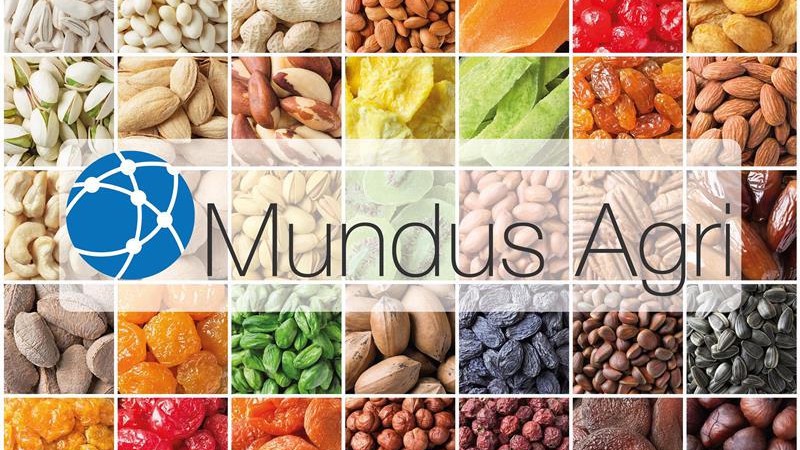Barley: Domestically, demand has been on the rise
March 1, 2018 at 2:42 PM ,
Starry Night Ltd.

BULGARIA. The recent snow did not miss to fall over the regions of the country where the majority of barley is cultivated on an annual basis: the Southeast, Central North, Northeast and Northwest. The snow fell just in time to preserve the crop from the follow-up low temperatures. During the first ten-days period of the current month, temperatures are expected to fluctuate between as low as - 20 Celsius degrees and as high as 15 Celsius degrees in regions. Apparently, the snow cover will not last for long in some places!
Barley: domestic market developments
An upward trend towards heavier reliance on barley for feed use has become apparent. A case in point, by the end of last week, according to local authorities, domestic consumption of barley by the livestock sector accounted to 153,000 mt while by that time last year, the number was by 11% lower. Explanations for the increase is the better-quality characteristics of the grains during harvest 2017-18, lower prices and competitive forces within the Black sea basin. Barley is also used for malt in the beer production process. Local demand for this segment of the industry has exhibited a stable climbing trend, as the yearly difference is a minor upward change of 1.8%.
|
Harvest 2017-18 (01.07.2017 - 23.02.2018) units in MT |
|
|
Beginning availability |
22,000 |
|
Aggregate output |
633,393 |
|
Imports |
5,314 |
|
Domestic consumption |
204,000 |
|
beer production |
51,000 |
|
feed |
153,000 |
|
Exports to the world |
276,157 |
|
to EU markets |
248,332 |
|
to rest of the world |
27,825 |
Source: Bulgarian Ministry of Agriculture
By the end of the marketing season, weekly shipments of a few metric tons of the grains could leave the country, but the majority of it has already been exported. In the short-term, the country is set to remain a relatively smaller producer of the grain when compared to other producers within the Black sea basin, as farmers seem to reduce instead of increasing planted acreages in recent years. As a result, national output gets reduced in subsequent years. During harvest 2017-18, the country realized an aggregate output of 633,393 mt, which stood by 10.17% lower than production from harvest 2016-17.





